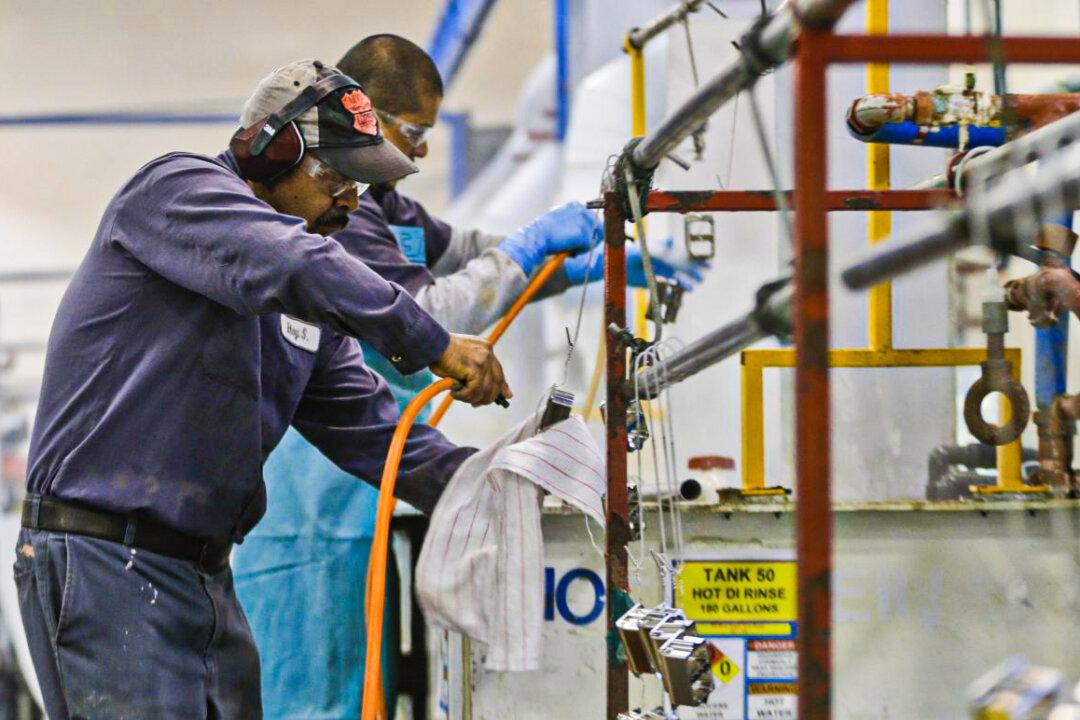United States labor productivity tumbled in the first quarter, to its slowest rate since 1947, while unit labor costs soared, according to a U.S. Bureau of Labor Statistics report released June 2.
A surge in unit labor costs and hourly compensation in first quarter 2022 was reflected in a steep drop in productivity. Wages continued to make gains, a factor in causing inflation rates to further accelerate.A nationwide worker shortage contributed to the boost in wage growth, with a reported 11.4 million job openings at the end of April.





